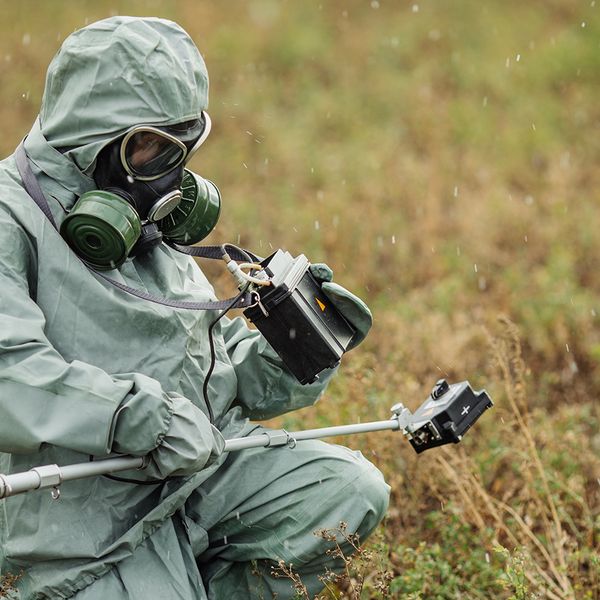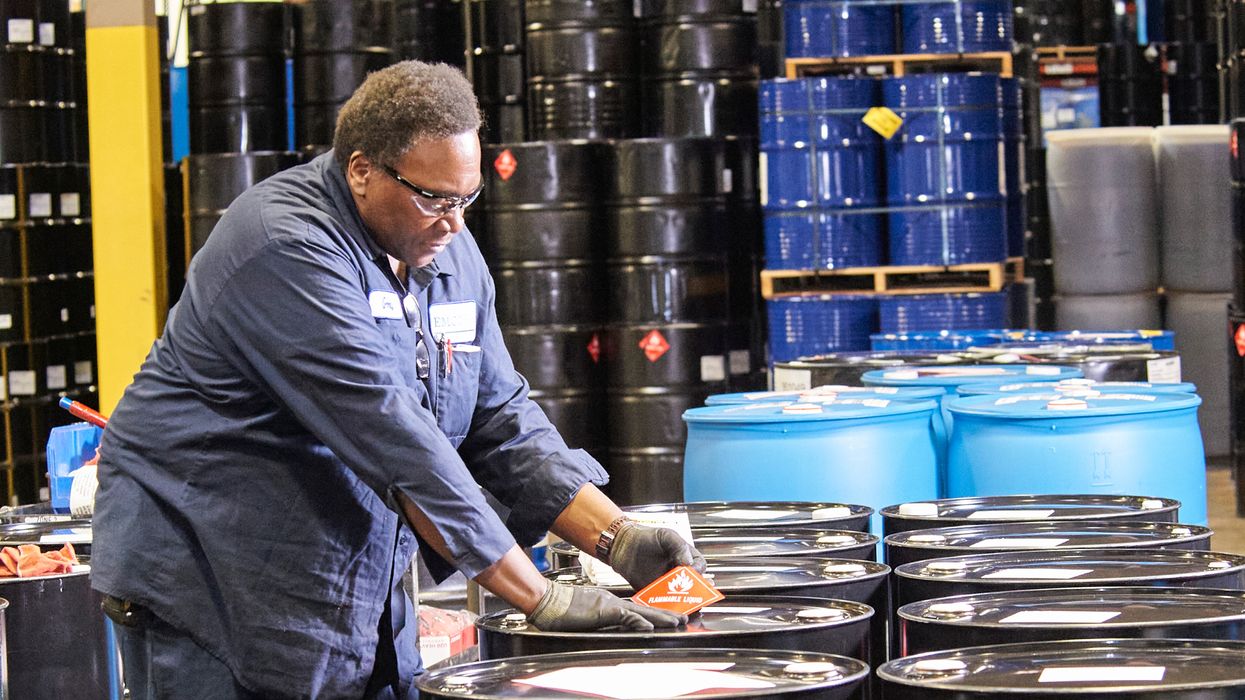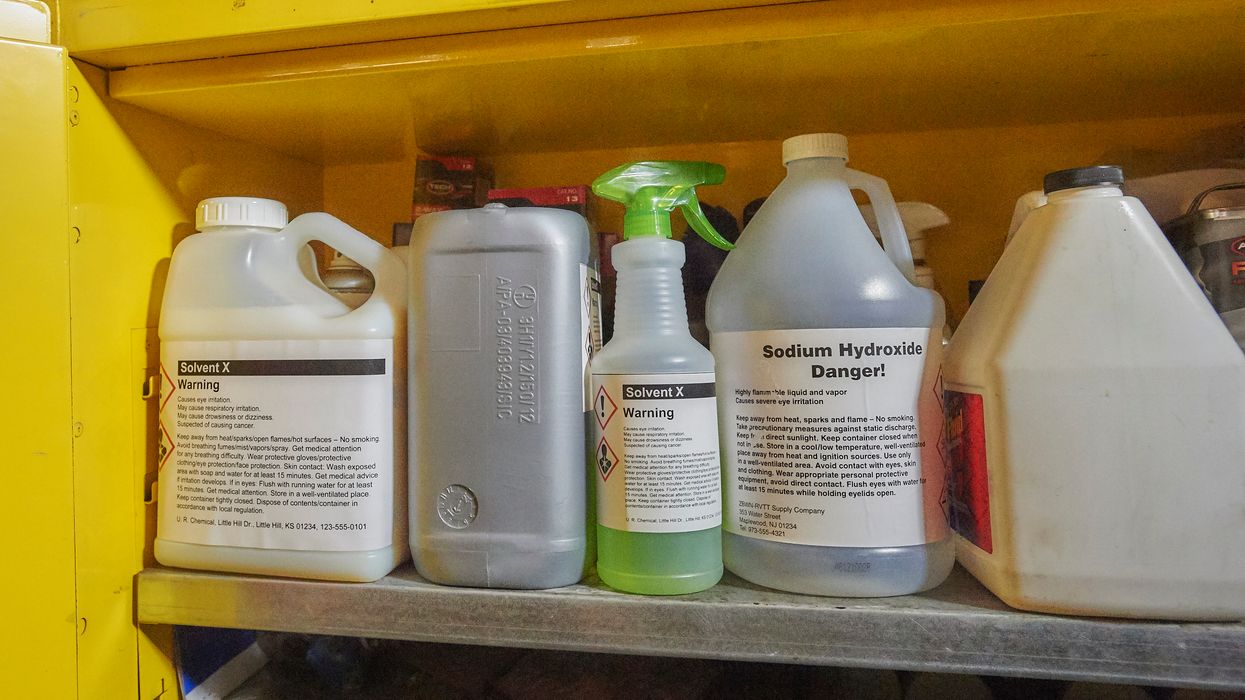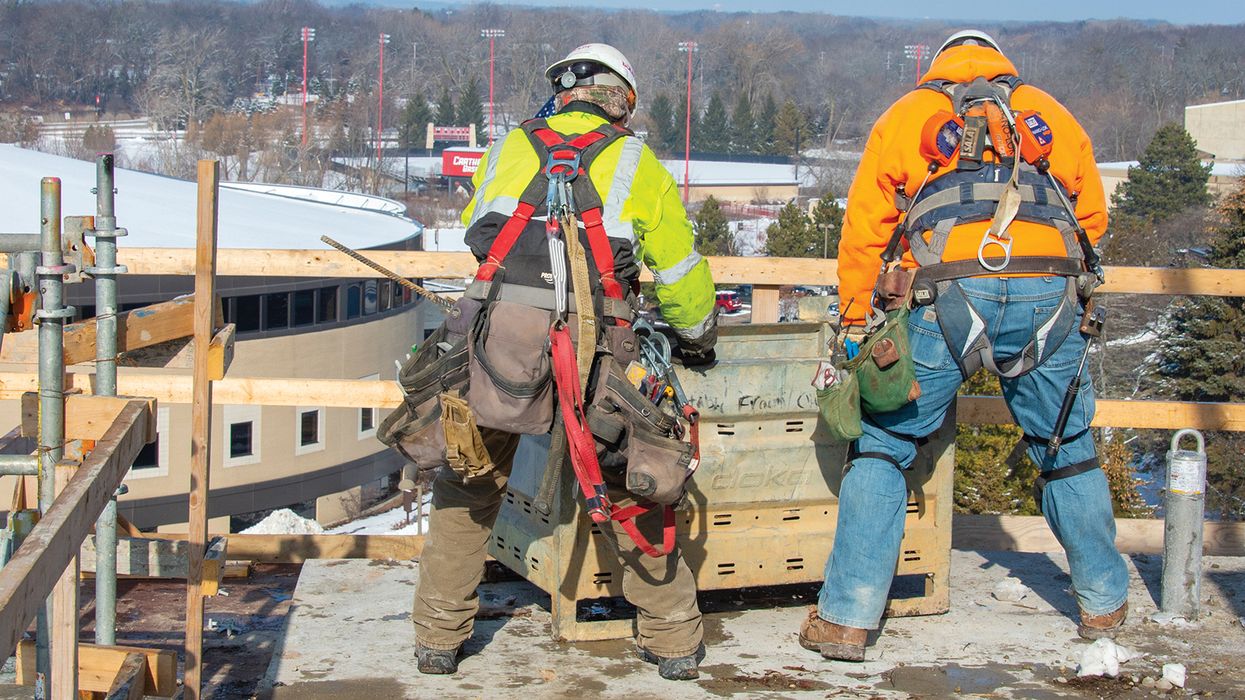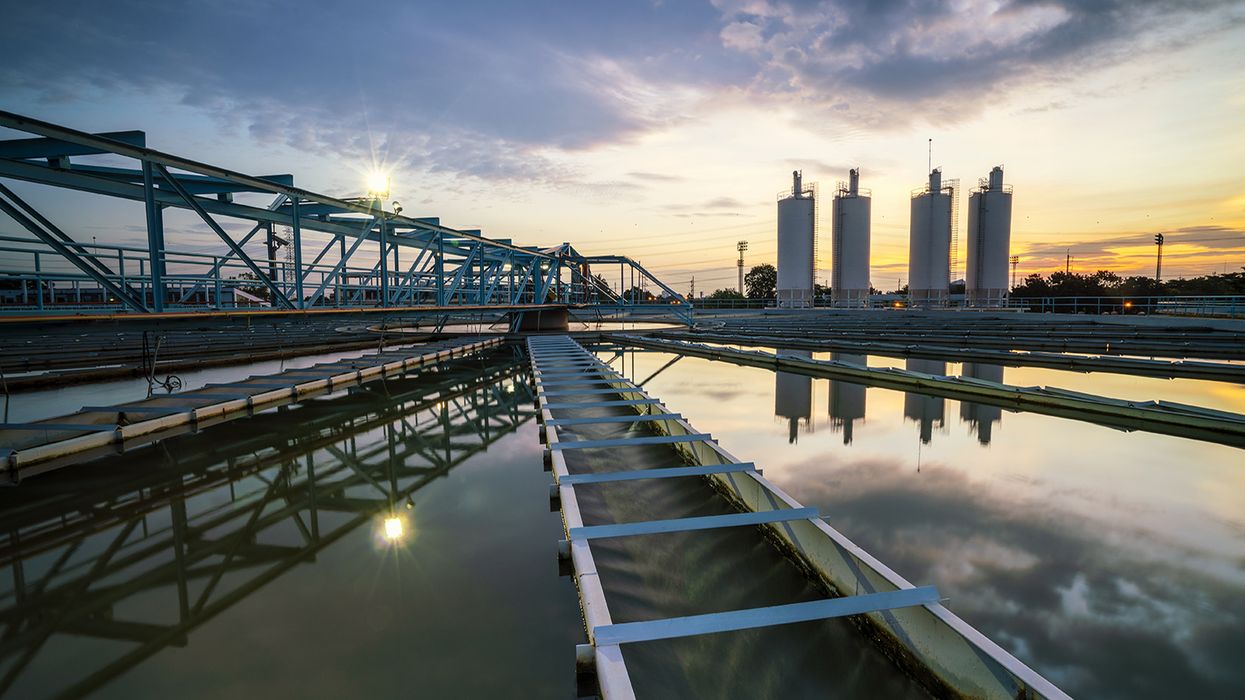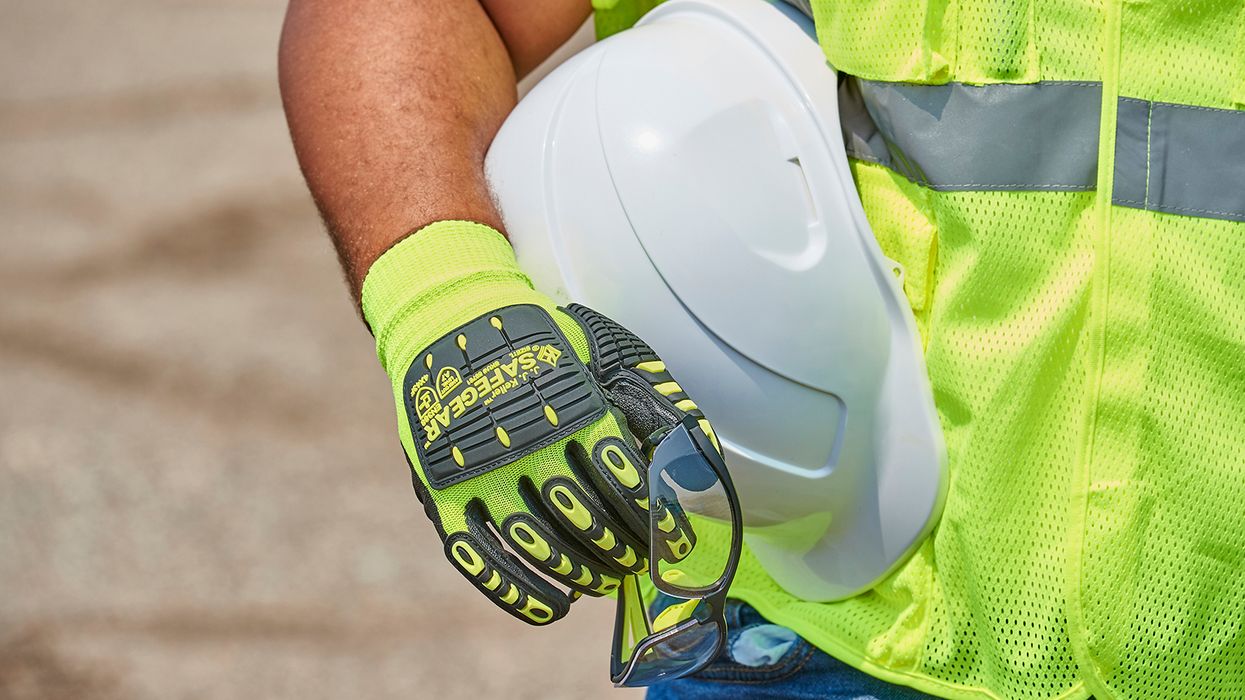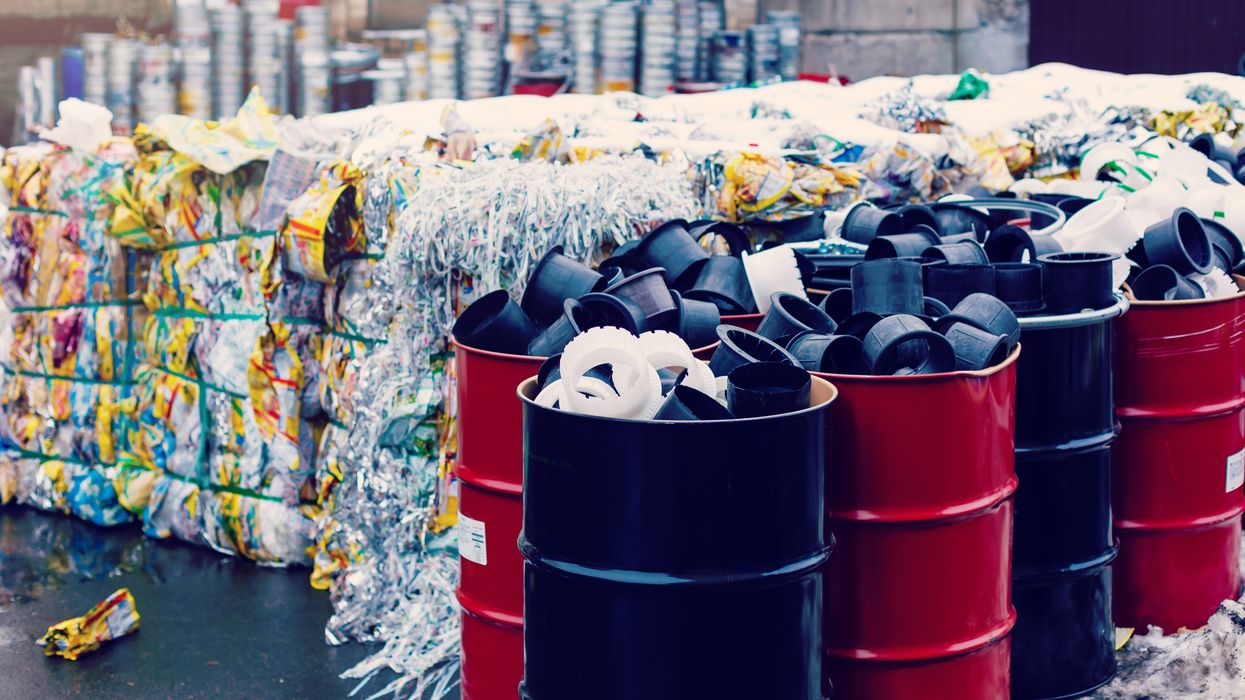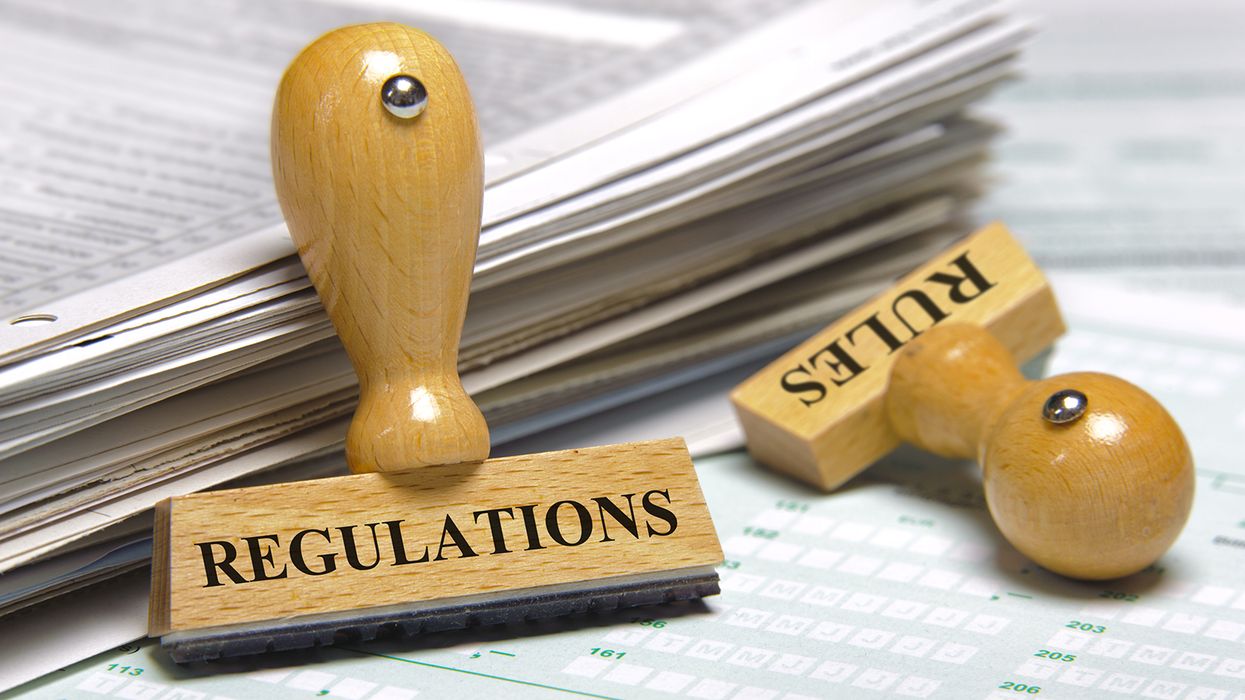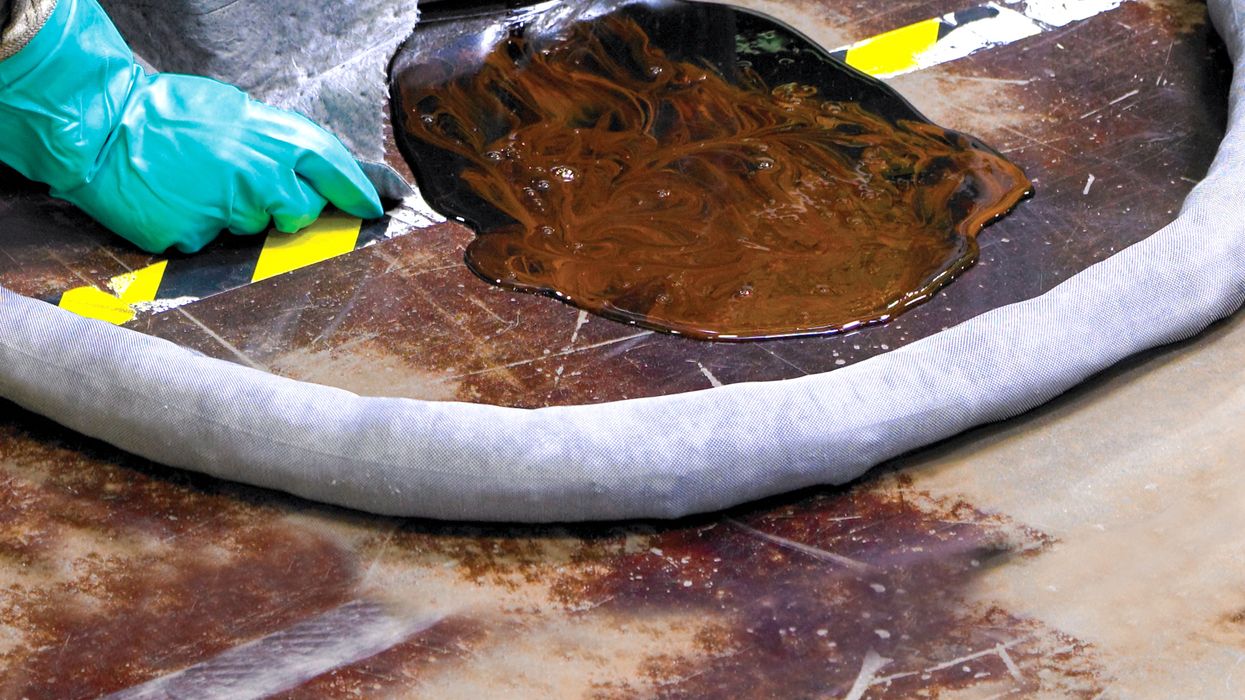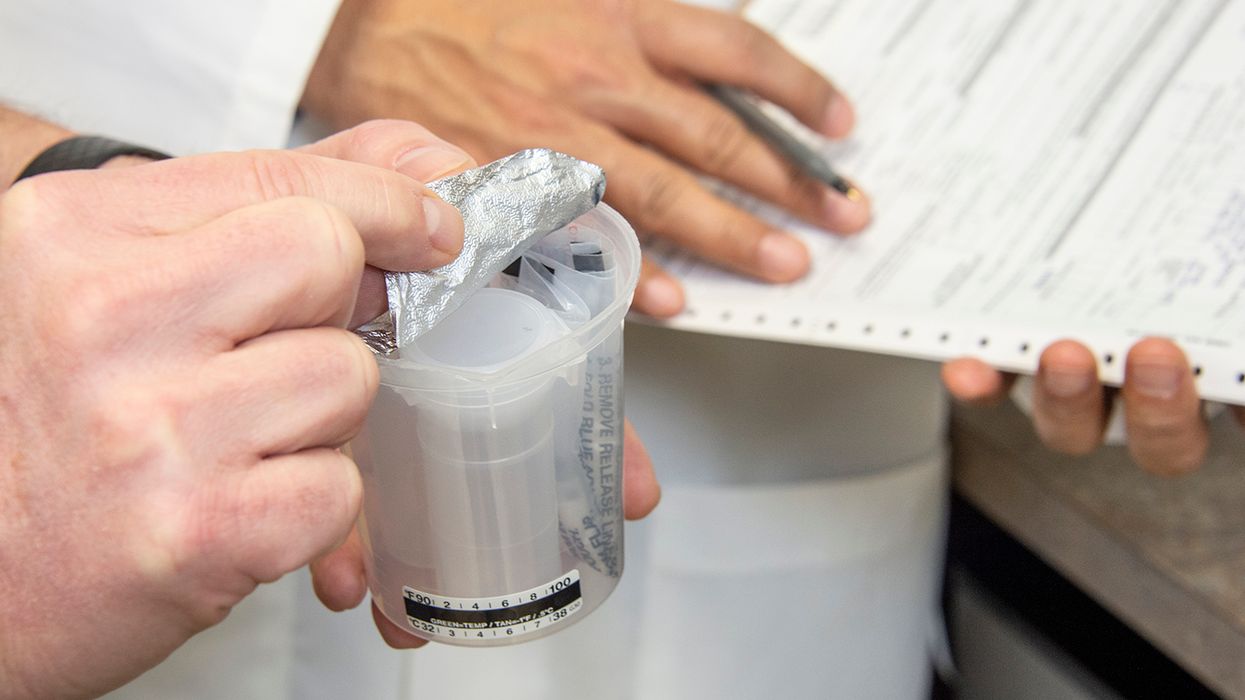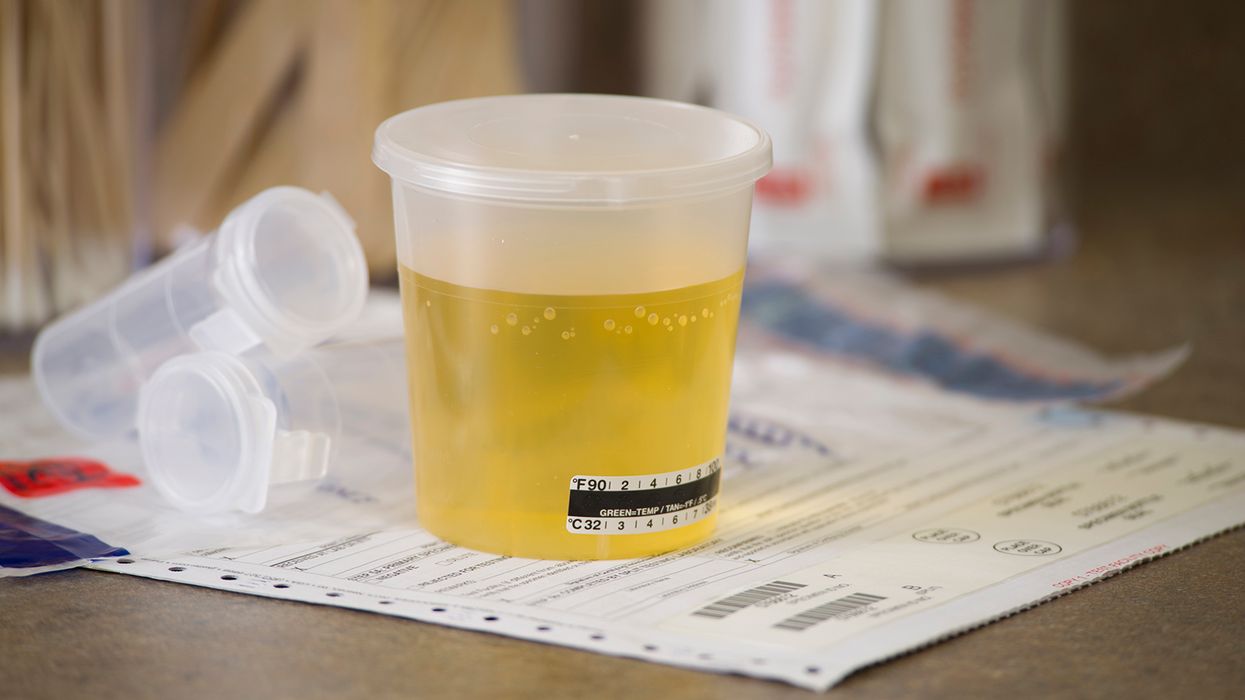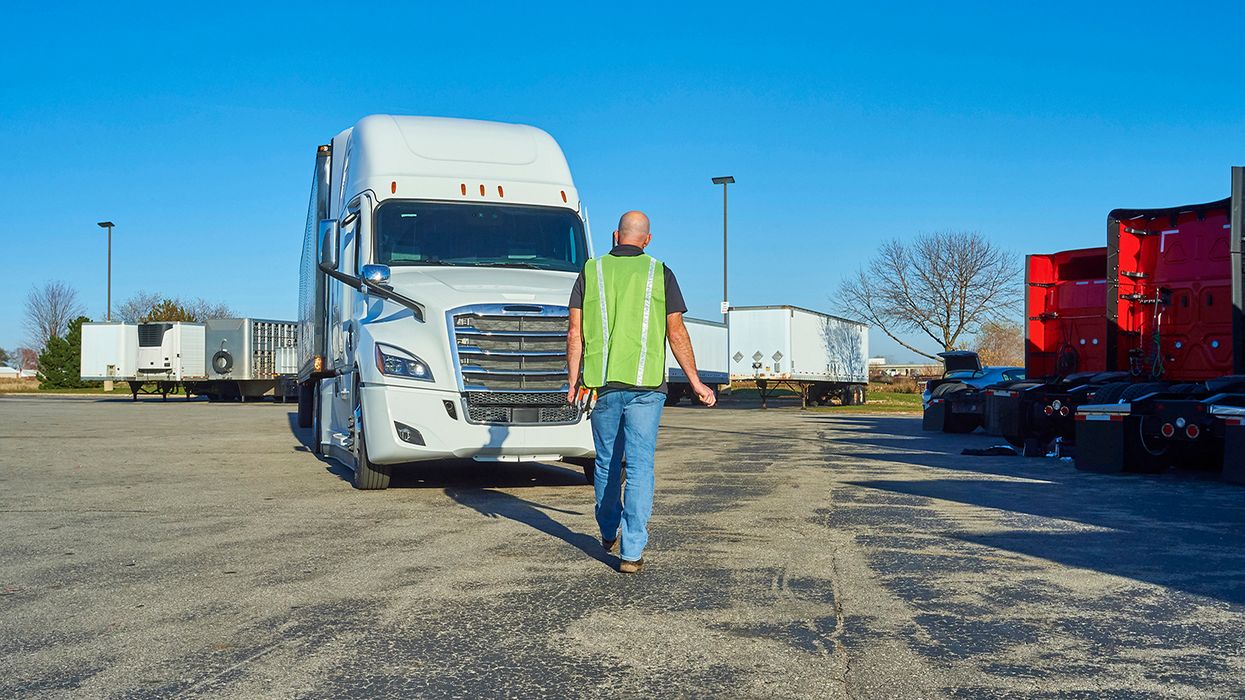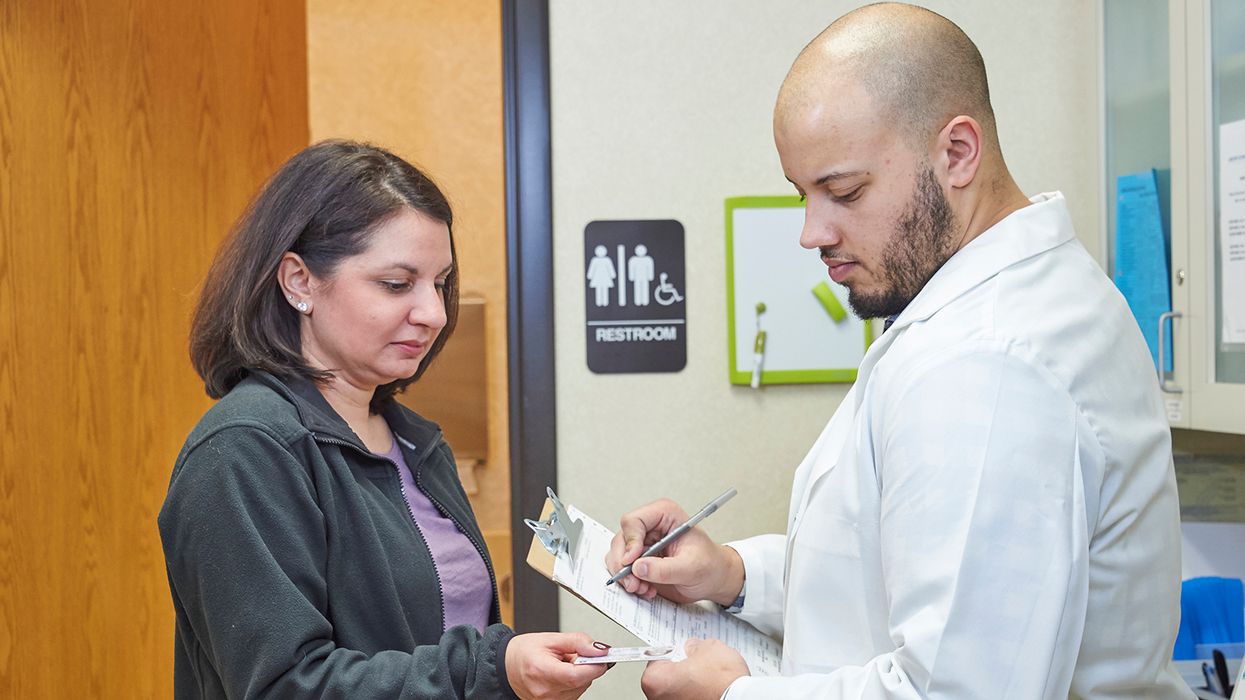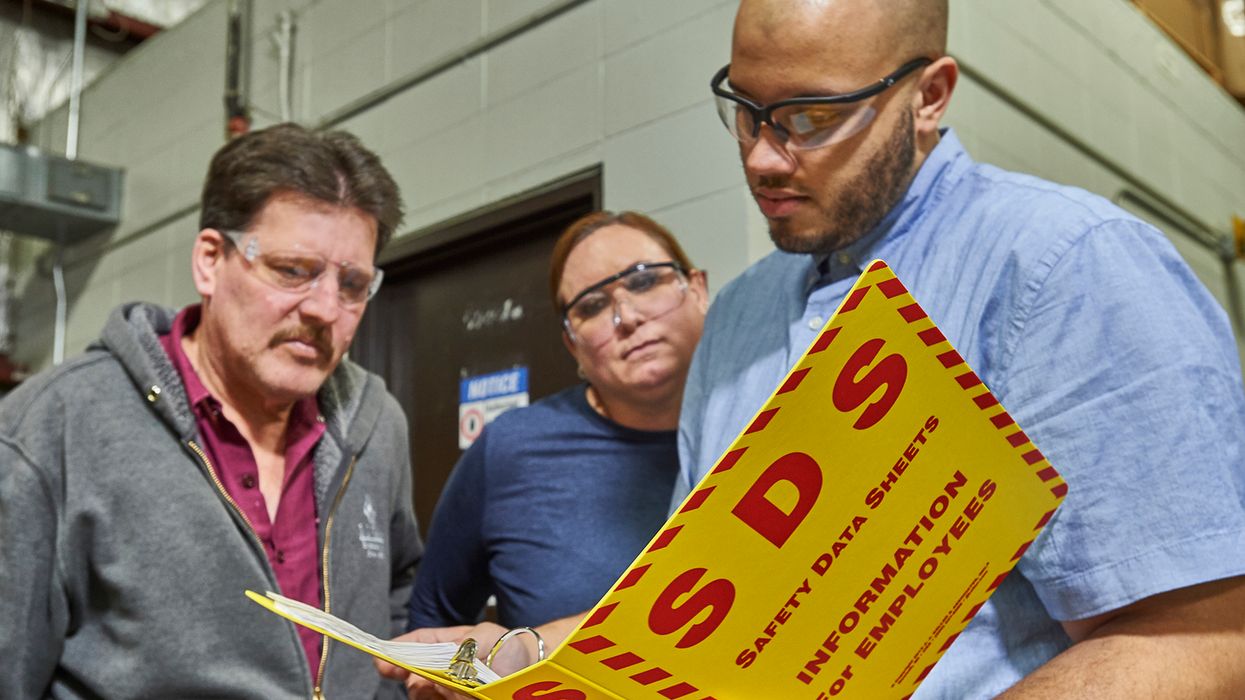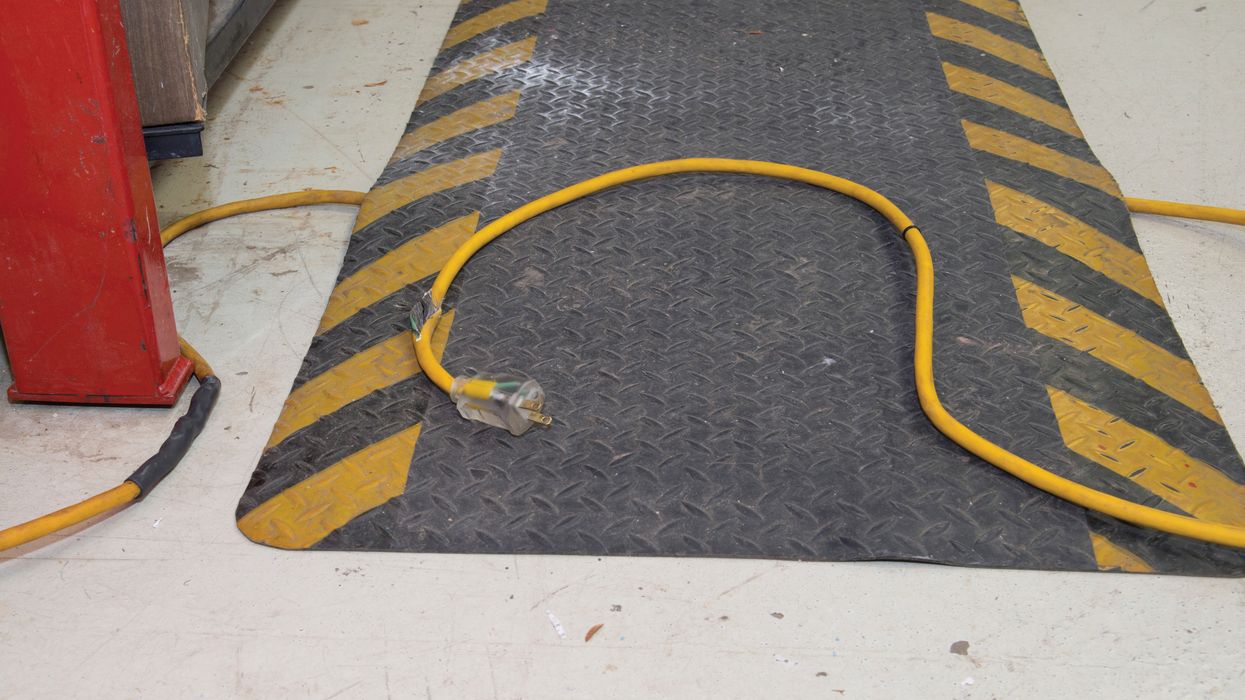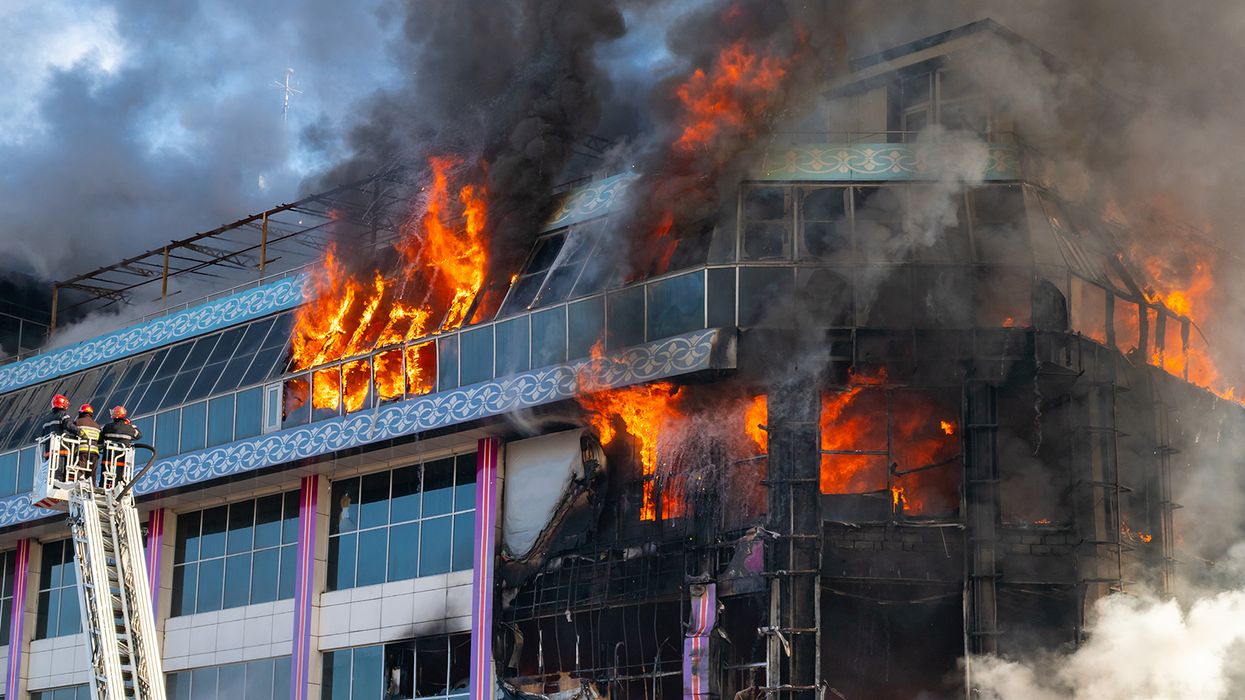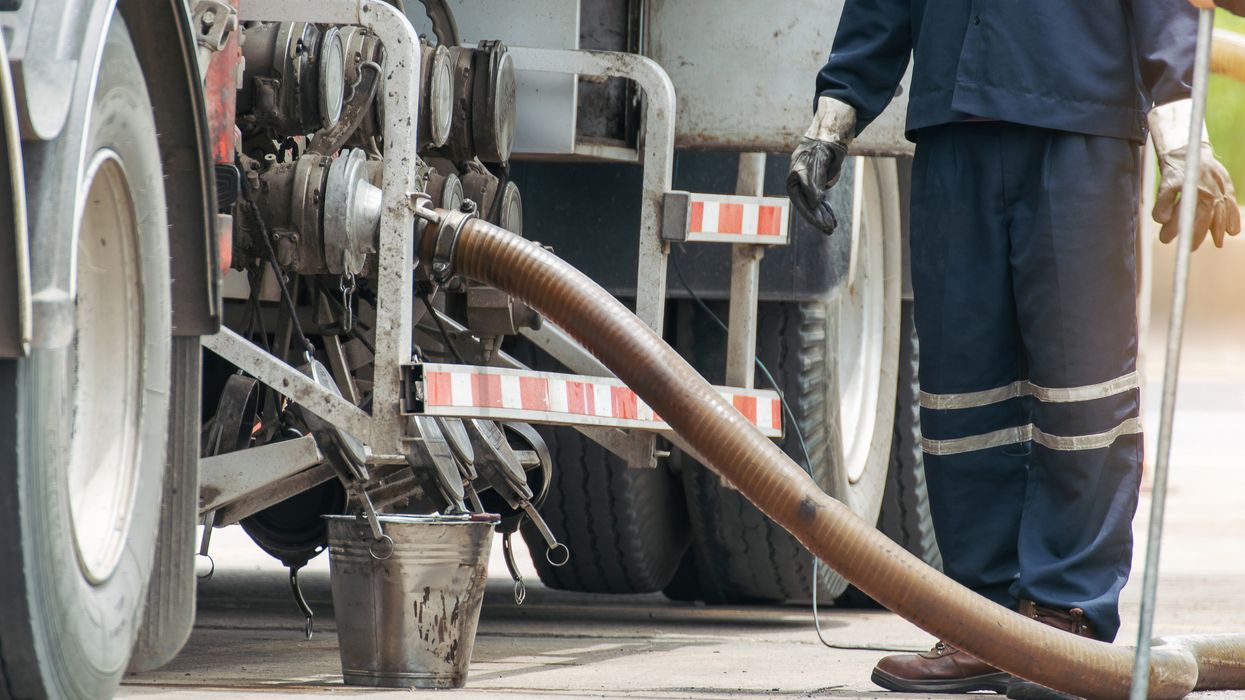Breathing Easy on the Job: Air Sampling and Respiratory Protection in Construction
As a former Field Safety Manager on some of the busiest construction sites in the USA, I quickly learned that the real dangers weren’t always the ones you could see. While cranes, excavations, and fall hazards demand immediate attention, it’s the invisible threats—like silica dust, welding fumes, and solvent vapors—that quietly erode a worker’s health over time. One project in particular brought that lesson home, and I’ve never looked at air sampling the same way since.
A Wake-Up Call on a Demo Job
We were overseeing a large demolition project involving concrete cutting, welding, and debris removal. Workers wore dust masks, but complaints started surfacing: dry throats, coughing, fatigue. One worker even developed shortness of breath by the end of the week. I suspected silica exposure, so we initiated personal air sampling—attaching pumps to several workers’ vests and collecting full-shift breathing zone data.
The lab results were sobering. Crystalline silica levels were more than double the OSHA permissible exposure limit (PEL). That day, we issued half-face respirators with P100 filters and began installing wet cutting systems and ventilation on enclosed floors. If we hadn’t sampled, we wouldn’t have known. And if we hadn’t known, we wouldn’t have acted.
OSHA's Framework for Exposure Monitoring
In construction, OSHA’s primary guidance for respiratory protection starts with 1910.134, which outlines the requirements of a respiratory protection program. But all of it hinges on one critical step: exposure assessment. Without proper sampling, there’s no way to justify the use—or non-use—of respirators.
OSHA requires employers to assess whether workers are exposed to airborne contaminants at or above action levels. If so, the employer must measure those exposures using validated sampling methods, such as those published by NIOSH or detailed in OSHA’s Technical Manual. This step is crucial not only for compliance but for protecting lives.
Sampling Methods in the Field
In construction, conditions change by the hour. That’s why air sampling needs to be task-specific and representative of real exposure. Cutting concrete, applying sealants, and stripping paint—each process may release different airborne hazards.
Personal air sampling remains the gold standard. Pumps clipped to the worker’s belt draw air through a filter near the breathing zone, usually for a full work shift. This data is then compared to OSHA’s exposure limits for substances like silica, lead, carbon monoxide, and others commonly found on job sites.
Beyond Data: The Respiratory Protection Program
If results show that exposure exceeds the PEL, employers must implement controls. Engineering and administrative controls come first, but when those aren’t enough, a full respiratory protection program is required.
That means selecting the right respirator for the hazard, conducting medical evaluations, performing annual fit tests, training workers on use and maintenance, and documenting it all.
Protecting Workers Starts with Knowing the Air They Breathe
As a safety professional, I’ve seen firsthand how easy it is to overlook airborne hazards in the chaos of a construction site. But respiratory exposures can be as deadly as any fall or trench collapse—they just take longer to claim their toll.
Air sampling isn’t about paperwork or appeasing an inspector. It’s about ensuring that every worker goes home with the same lung capacity they showed up with. That’s a responsibility we can’t afford to take lightly.
Do you have a question for our Compliance Experts? We encourage you to use Compliance Network’s Expert Help tool if you have safety or compliance questions. Ray Qureshi-Chishti and our team of Compliance Experts will respond within 24 business hours.

